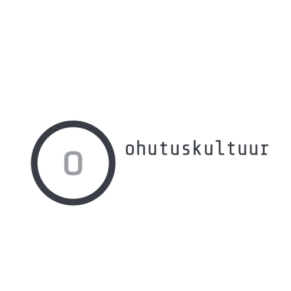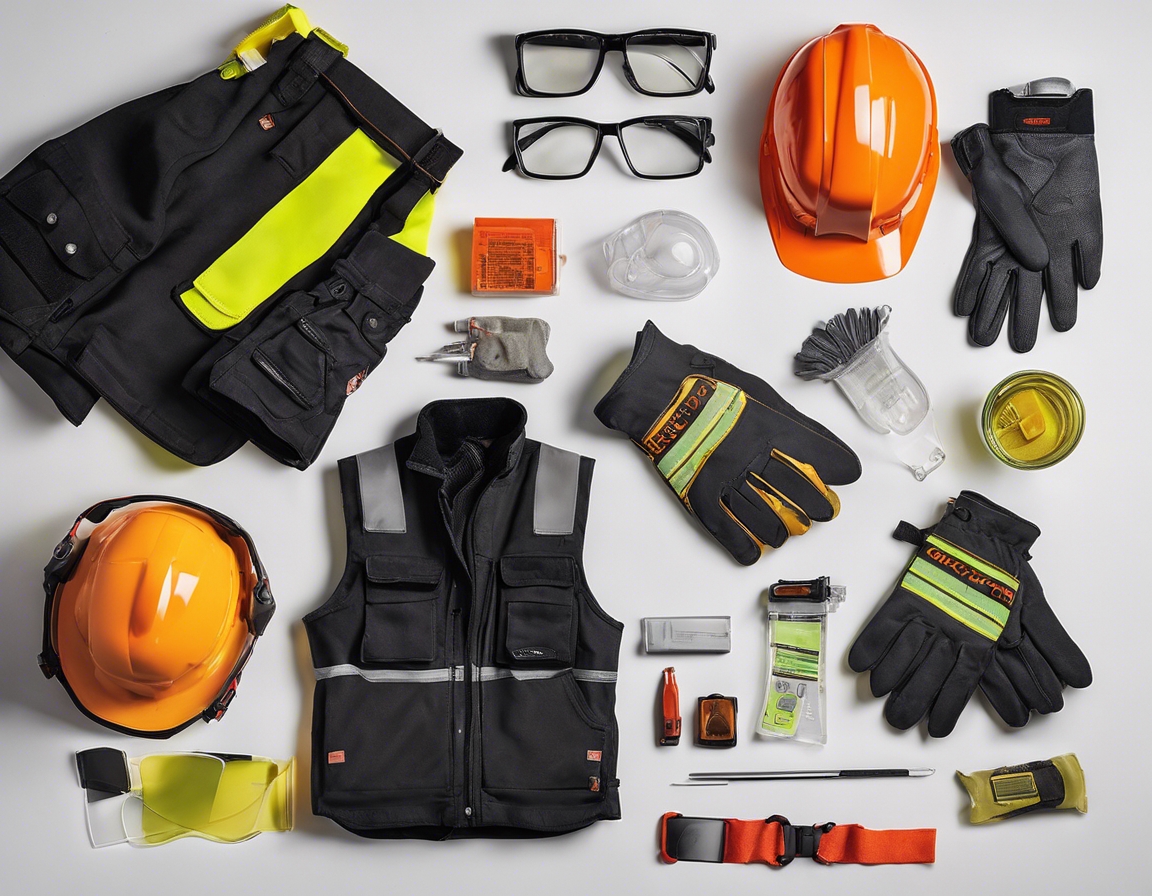The importance of ergonomics in workplace safety
Ergonomics is the scientific discipline concerned with the understanding of interactions among humans and other elements of a system. It applies theory, principles, data, and methods to design in order to optimize human well-being and overall system performance. In the context of the workplace, ergonomics is crucial for designing tasks, workspaces, controls, displays, tools, lighting, and equipment to fit the employee's physical requirements, capabilities, and limitations.
Workplace safety is not just about preventing accidents; it's also about ensuring that the work environment does not inflict harm or stress on employees over time. The integration of ergonomic principles into workplace safety strategies is essential for preventing musculoskeletal disorders (MSDs) and other injuries associated with poor ergonomic practices.
The Impact of Poor Ergonomics
Poor ergonomics can lead to a variety of musculoskeletal disorders such as carpal tunnel syndrome, tendonitis, and lower back injuries. These conditions are often the result of repetitive motions, awkward postures, and forceful exertions.
Beyond the physical pain and discomfort, employees suffering from ergonomic-related issues may experience psychological stress, decreased job satisfaction, and social isolation due to reduced participation in work activities.
For businesses, the economic implications of ignoring ergonomics are significant. These include increased absenteeism, higher healthcare costs, reduced productivity, and potential litigation. Investing in ergonomic solutions is not only beneficial for employee health but also for the company's bottom line.
Ergonomic Solutions for Workplace Safety
Conducting ergonomic assessments of workspaces helps identify risk factors and areas for improvement. OHUTUSKULTUUR OÜ can assist businesses in evaluating their work environments and recommending changes to enhance safety and comfort.
Implementing ergonomic solutions can range from simple adjustments like repositioning a monitor to more significant changes such as redesigning workstations. These practices help reduce the risk of injury and improve overall efficiency.
Training employees on the importance of ergonomics and how to apply ergonomic principles in their daily work is crucial. OHUTUSKULTUUR OÜ offers comprehensive training programs tailored to the needs of your business.
Legislation and Standards in Estonia
In Estonia, workplace ergonomics are governed by national regulations that set out the requirements for ensuring the health and safety of employees. Businesses must comply with these standards to avoid penalties and ensure a safe working environment.
Adhering to ergonomic best practices is not only about compliance; it's also about demonstrating a commitment to employee well-being. OHUTUSKULTUUR OÜ can guide businesses through the process of meeting and exceeding these standards.
Role of Technology in Ergonomics
Modern ergonomic tools and equipment, such as adjustable desks and chairs, can significantly enhance workplace safety. These innovations allow for a more personalized work environment that caters to individual needs.
Technology also plays a role in assessing workplace ergonomics. Software and apps can help monitor employee posture, provide reminders to take breaks, and offer guidance on proper ergonomic practices.






Comments (0)